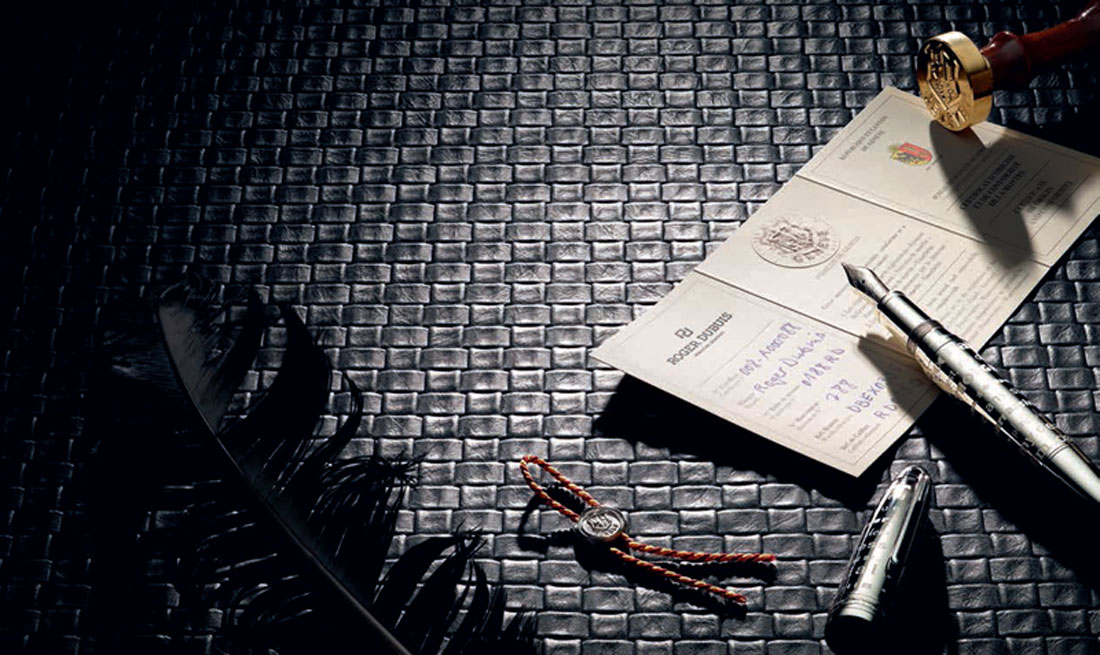
We have reviewed three best known certificates of fine watchmaking for you. COSC Controle Officiel Suisse des Chronometres (The Official Swiss Chronometer Testing Institute) is the most known wristwatch certificate. Founded in 1973, this public Corporation measures the accuracy and precision of wristwatches within their own standards. Every brand that completes the standards of the institute can obtain a COSC certificate even if it is not manufactured in Switzerland.
Each uncased movement is individually tested for 15 days, in five positions, at three different temperatures (8°C, 23°C ve 38°C). Daily + 6 / -4 seconds studs are considered normal for mechanical watches. Over a million official chronometer certificates are delivered each year, representing only 3% of the Swiss watch production. To earn chronometer certification, a movement must not only be made from the highest quality components, but also be the object of special care on part of the finest watchmakers and timers during assembly.

Newly, TAG Heuer Carrera “Tête de Vipère” Chronograph Tourbillon to bear the prestigious “Tête de Vipère” stamp of excellence, awarded by the Besançon Observatory. Since 2006, only 500 watches have received this highly exclusive certification. The “Tête de Vipère” stamp was applied to a chronometer for the first time by the Besançon Observatory in 1897. This high-quality metrological guarantee is a mark of the unrivalled precision and excellence of a watch.
Abandoned in the 1970s, then relaunched in 2006.To obtain this certificate of excellence, each fully assembled watch undergoes a protocol involving 16 days of testing, in five different positions at three different temperatures. The Besançon Observatory, operating on behalf of the International Bureau of Weights and Measures, is the only independent, public organisation able to inspect chronometers. The stamp actually certifies the watch as a whole, not just the movement. It is materialized by a punch at head of Viper on the movement of the watch.

The Geneva Seal or Poinçon de Genève (French), is the official seal of the City and Canton of Geneva, it is the quality seal of the Watchmaking School of Geneva and it has an official purpose as defined by the law. The Geneva seal is a certification reserved for wrist watch movements made in the City or Canton of Geneva. Among the Geneva watchmakers who regularly submit their movements for the Geneva Seal certification are: Roger Dubuis, Vacheron Constantin.
The actual regulations, requirements or criteria are contained in piece of legislation. The 12 criteria required for a movement to obtain the seal. The workmanship of all of the movement’s components, including those of complications must meet the requirements of the office of optional inspection. Only upon fulfillment of all the criteria may the watch receive the seal.


